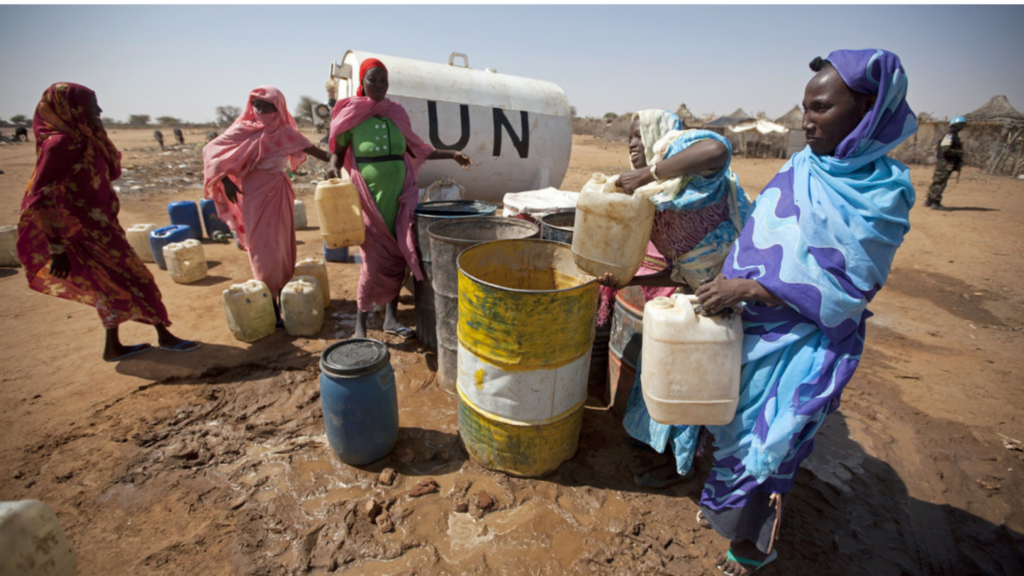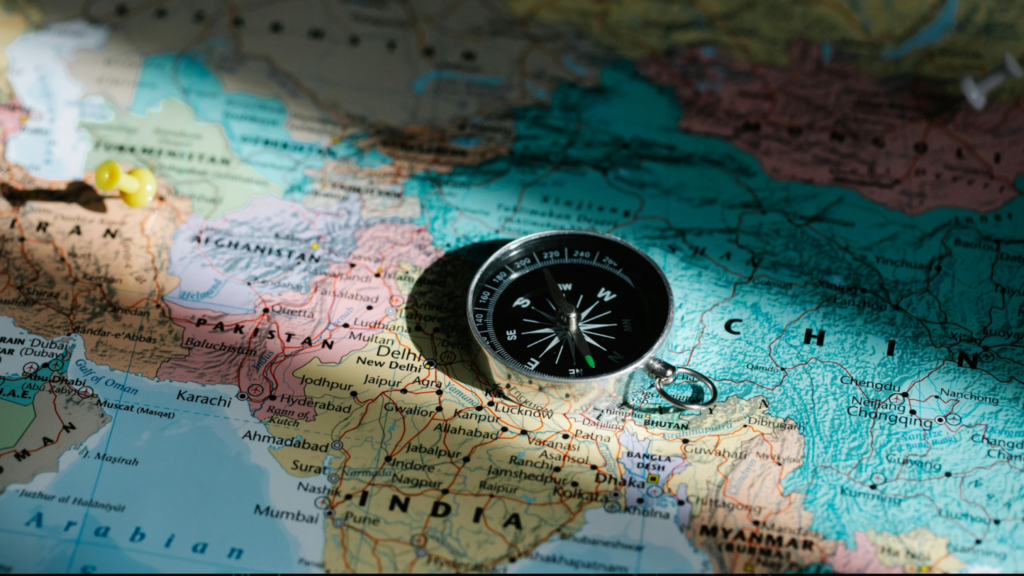Lessons From the CPTPP?
With the Trump administration reportedly preparing to announce further tariffs of up to 3,521% on solar panel imports from a quartet of Southeast Asian countries in the aftermath of The White House’s mass imposition of tariffs on ‘Liberation Day’, states across the globe, and particularly in the Indo-Pacific, are facing extreme economic uncertainty (Kollewe, 2025).
In what President Trump described as an effort to “supercharge” America’s domestic industrial base, the U.S. initially unveiled enormous tariffs against Southeast Asian states including a 46% levy on all imported goods from Vietnam, 36% on Thailand, 24% on Malaysia as well as 24% tariffs on Japan and 34% on Chinese goods (Mulholland, 2025). While these rates, with the significant exception of China, have been temporarily revised down to a flat 10%, the actions of the Trump administration have already begun to fundamentally reshape the economic outlook of states across the region.
Even before the unveiling of Trump’s ‘Liberation Day’ tariffs on 2nd April, countries in the Indo-Pacific were beginning to brace for trade upheaval with South Korea, China and Japan holding their first economic dialogue since 2020 on 30th March with the countries’ trade ministers agreeing to expedite efforts to negotiate a trilateral free trade agreement (FTA) (Sier, 2025). In addition to this announcement the officials also discussed the need to “strengthen the implementation of the Regional Comprehensive Economic Partnership (RCEP)” an FTA that came into effect in 2022 between 15 countries in the region and which, noticeably, does not include the US (Tang, 2025).
This drive to re-emphasize the importance of economic cooperation between regional actors amidst the unprecedented upheaval caused by the Trump administration’s tariffs can also be seen during Xi Jinping’s recent visits to Vietnam, Malaysia and Cambodia with Beijing signing a number of MoUs (memorandums of understanding) during the trip (Lim, 2025).
Whilst such trade deal announcements can often be vague on details and largely only symbolic, efforts to negotiate large-scale geo-economic deals in the Indo-Pacific are not new. One agreement in particular, which has been heavily impacted by domestic political fluctuations in the United States, has the potential to shed light on how trade relations in the region may develop in the future as Washington seeks to reset the established international economic order.
The TPP
The Trans-Pacific Partnership (TPP) was first envisioned as an extension of the Trans-Pacific Strategic Economic Partnership Agreement (TPSEP) between Brunei, Chile, New Zealand and Singapore that was signed in 2005. By 2008, an additional eight countries had begun talks to expand TPSEP into a wider-ranging regional economic agreement with the proposed deal incorporating states from North and South America as well as Asia and Oceania although noticeably excluding China (McBride et al, 2021).
As well as seeking to lower tariff and non-tariffs barriers to trade between signatory states and establish an investor-state dispute settlement (ISDS) – a set of rules through which overseas investors can sue states for hampering their investment opportunities – the TPP was reflective of contemporary American efforts to reduce dependence on Chinese supply chains (Solis, 2016). Indeed, as the economic pillar of the Obama administration’s ‘Pivot to Asia’ strategy, the United States sought to deepen American economic ties with Pacific Rim countries (that altogether made up around 40% of global GDP) through the TPP whilst isolating Beijing and limiting reliance on Chinese trade (Blackwill and Fontaine, 2024).
Following 19 official rounds of negotiation that concluded in October 2015, the United States signed a proposal to establish the TPP on 4th March 2016 with then US Secretary of Defence Ash Carter famously asserting that the deal’s passage was as significant as the construction of another aircraft carrier (Parameswaran, 2015). This sentiment was also shared by Beijing at the time with Chinese state media describing the deal as “the economic arm of the Obama administration’s geopolitical strategy to make sure that Washington rules supreme in the region” (Gracie, 2016).
Despite the backing of the Obama White House, the TPP faced bipartisan domestic political opposition in the US with both Hilliary Clinton and Donald Trump disavowing the deal during the 2016 presidential campaign whilst U.S. Senator Bernie Sanders also criticized the agreement during his campaign for the Democratic nomination that year. As a result of this political backlash, the TPP was never ratified by Congress, meaning that Trump was able to withdraw from the agreement on his first full day in office in 2017 (Solis, 2017). This abrupt reversal following years of painstaking negotiations left the remaining eleven signatory states scrambling to salvage the deal and chart an alternative path forward.
The CPTPP
In the wake of the American withdrawal, the 11 Pacific Rim countries sought to revive the TPP with the Comprehensive and Progressive Agreement for Trans-Pacific Partnership (CPTPP) which was set out in January 2018. This new compromise was largely based on the TPP framework but ‘suspended’ a number of measures, particularly regarding intellectual property rights, that Washington has heavily lobbied for. With the new agreement signed in March 2018 and coming into force in December that year, following a majority of its signatories ratifying the CPTPP, the deal brought together 11 countries that together represent 13% of global GDP and include over 500 million people (David, 2024).
Lessons for the Present?
With the UK joining the CPTPP in December 2024 and a host of countries including China, Taiwan, Ecuador and Indonesia formally submitting applications to join the trading bloc, the agreement offers a valuable example of how international actors can come together without the United States to forge closer economic ties (Wong, 2024).
At a time when the Trump administration is seeking to fundamentally reshape long established practices of international trade dynamics, whether agreements borne out of American retrenchment like the CPTPP will become increasingly common remains to be seen. With Indo-Pacific countries facing the potential of extraordinary economic upheaval it would not be surprising however if countries in the region turn to similar alternative paths in their search for fiscal certainty.
Bibliography
Blackwill, R., Fontaine, R. (2024). The Rise and Fall of the Economic Pivot to Asia. Foreign Policy. [online] 1 Aug. Available at: https://foreignpolicy.com/2024/08/01/lost-decade-us-economic-pivot-to-asia-defense/
David, D. (2024). CPTPP: UK has joined Asia’s trade club but what is it? The BBC. [online] 15 Dec. Available at: https://www.bbc.co.uk/news/explainers-55858490
Gracie, C. (2016). US leaving TPP: A great news day for China. The BBC. [online] 22 Nov. Available at: https://www.bbc.co.uk/news/world-asia-china-38060980
Kollewe, J. (2025). US to impose tariffs of up to 3,521% on south-east Asia solar panels. The Guardian. [online] 22 Apr. Available at: https://www.theguardian.com/business/2025/apr/22/us-huge-tariffs-south-east-asian-solar-panels-energy-summit
Lim, L. (2025). Xi Jinping’s jaunt through Southeast Asia is ‘a reassurance and a warning’ to trading partners as the region is caught between the U.S. and China. Fortune. [online] 22 Apr. Available at: https://fortune.com/asia/2025/04/22/xi-jinping-china-southeast-asia-trip-us-trump-tariffs/
McBride, J., Chatzky, A., Siripurapu, A. (2021). What’s Next for the Trans-Pacific Partnership (TPP)? Council on Foreign Relations. [online] 20 Sep. Available at: https://www.cfr.org/backgrounder/what-trans-pacific-partnership-tpp
Mulholland, R. (2025). What Will Trump’s Tariffs Do for U.S Consumers, Workers, and Businesses? Center for American Progress. [online] 1 Apr. Available at: https://www.americanprogress.org/article/what-will-trumps-tariffs-do-for-u-s-consumers-workers-and-businesses/
Parameswaran, P. (2015). TPP as Important as Another Aircraft Carrier: US Defence Secretary. The Diplomat. [online] 8 Apr. Available at: https://thediplomat.com/2015/04/tpp-as-important-as-another-aircraft-carrier-us-defense-secretary/
Sier, J. (2025). Japan eyes pact with China, South Korea as trade war hedge. The Australian Financial Review. [online] 23 Apr. Available at: https://www.afr.com/world/asia/japan-eyes-pact-with-china-south-korea-as-trade-war-hedge-20250415-p5lru5
Solis, M. (2016). The case for trade and the Trans-Pacific Partnership. Brookings Institution. [online] 4 Oct. Available at: https://www.brookings.edu/articles/the-trans-pacific-partnership-the-politics-of-openness-and-leadership-in-the-asia-pacific/
Solis, M. (2017). Trump withdrawing from the Trans-Pacific Partnership. Brookings Institution. [online] 24 Mar. Available at: https://www.brookings.edu/articles/trump-withdrawing-from-the-trans-pacific-partnership/
Tang, F. (2025). Japan, South Korea and China vow to strengthen trade ties amid looming U.S. tariffs. The Japan Times. [online] 30 Mar. Available at: https://www.japantimes.co.jp/business/2025/03/30/japan-china-south-korea-trade-ministers/
Wong, Y.W. (2024). UK Joins CPTPP Trade Pact as Fully Fledged Member. Bloomberg UK. [online] 15 Dec. Available at: https://www.bloomberg.com/news/articles/2024-12-15/uk-joins-cptpp-trade-pact-as-fully-fledged-member?embedded-checkout=true



